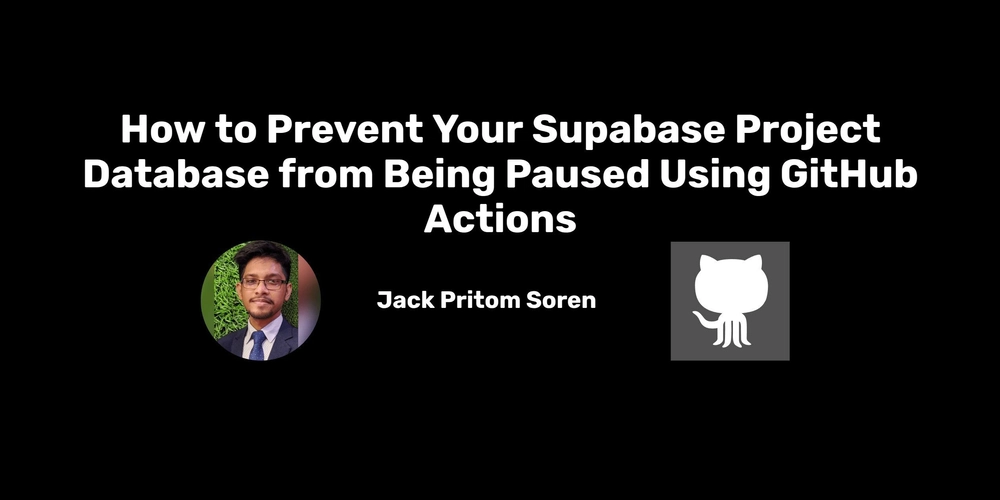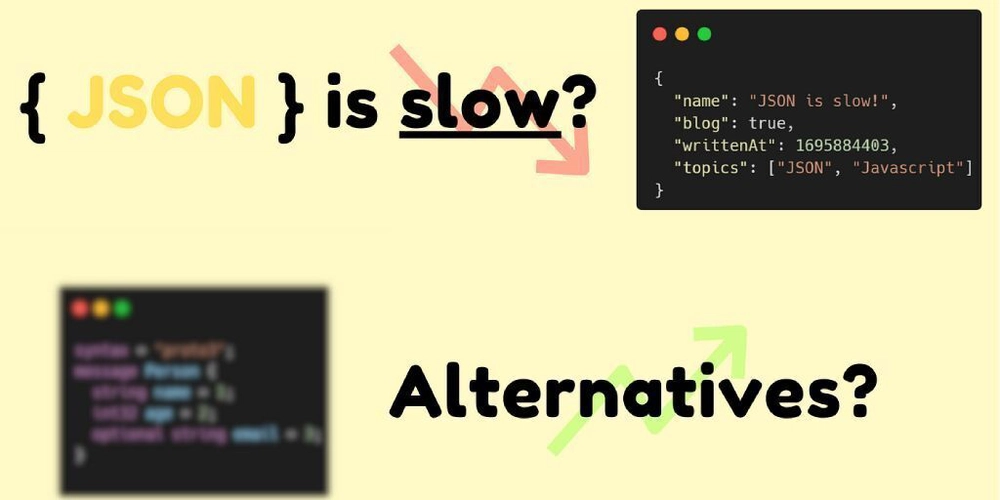SEO for Beginners: A Simple Step-by-Step Guide to Get Started in 2025
Introduction In today's digital landscape, having an online presence is no longer optional—it’s essential. Whether you run a business, manage a blog, or create content for fun, ensuring that people can find your website is crucial for success. However, with millions of websites competing for attention, how do you make yours stand out? The answer lies in Search Engine Optimization (SEO). SEO is the practice of optimizing your website to improve its visibility on search engines like Google, Bing, and Yahoo. When users search for information, products, or services related to your niche, you want your website to appear at the top of the search results. Higher rankings mean increased traffic, better engagement, and more conversions. Many beginners think SEO is complex and technical, but the truth is, it’s based on simple principles that, when applied correctly, can lead to significant results. By understanding how search engines work, learning the best SEO strategies, and avoiding common mistakes, you can effectively optimize your website and boost its performance. This guide is designed to introduce SEO in a simple, beginner-friendly way. We’ll cover everything from keyword research and on-page SEO to technical SEO and link building. Whether you're a small business owner looking to attract customers, a blogger aiming for more readers, or someone who just wants to understand how Google ranks websites, this guide will provide you with the essential knowledge to get started with SEO and improve your website’s rankings. By the end of this guide, you'll have a clear understanding of how to implement SEO strategies that drive real results. Let’s dive in and explore the world of SEO! What is SEO? Search Engine Optimization (SEO) is the process of improving a website’s visibility on search engines like Google, Bing, and Yahoo to attract more organic (non-paid) traffic. It involves optimizing content, website structure, and technical aspects to rank higher in search results. SEO includes keyword research, on-page optimization, technical SEO, and link building to enhance a site's relevance and authority. A well-optimized website improves user experience, increases credibility, and drives more visitors. By following SEO best practices, businesses and content creators can reach their target audience more effectively, improve engagement, and achieve long-term growth in online presence. Why is SEO Important? SEO is crucial because it helps websites rank higher on search engines like Google, Bing, and Yahoo, making them more visible to potential visitors. Without SEO, even the best content can go unnoticed, limiting traffic and growth opportunities. Here’s why SEO matters: Increases Organic Traffic – SEO drives free, targeted traffic to your website, reducing the need for paid ads. High-ranking pages get more clicks and engagement. Builds Credibility & Trust – Websites that appear on the first page of search results are seen as more trustworthy and authoritative. SEO helps establish your brand’s online reputation. Improves User Experience (UX) – Good SEO includes optimizing website speed, mobile-friendliness, and navigation. A well-structured site keeps visitors engaged and reduces bounce rates. Higher Conversion Rates – SEO targets users actively searching for specific products, services, or information, leading to better conversion rates and sales. Cost-Effective Marketing Strategy – Unlike paid advertising, SEO provides long-term results without ongoing costs. Once optimized, pages can continue ranking for months or years. Competitive Advantage – Businesses that invest in SEO stay ahead of competitors by dominating search results and attracting more potential customers. Types of SEO There are three main types of SEO: 1. On-Page SEO This involves optimizing individual web pages to rank higher and earn more relevant traffic. Key aspects of on-page SEO include: **Keyword Research:** Finding the right keywords to target. **Title Tags:** Crafting compelling and keyword-rich titles. **Meta Descriptions:** Writing summaries that entice users to click. Header Tags (H1, H2, H3, etc.): Organizing content for readability and SEO. Internal Linking: Linking to other pages on your website. Image Optimization: Using proper file names and alt text for images. 2. Off-Page SEO This refers to actions taken outside of your website to improve its rankings, such as: **Backlink Building:** Getting other websites to link to yours. **Social Media Marketing:** Increasing brand awareness and driving traffic. **Guest Blogging:** Writing content for other websites to earn backlinks. 3. Technical SEO Technical SEO focuses on improving the backend structure of a website to enhance its search engine performance. Key elements include: **Website Speed Optimization:** Ensuring fast load times. **Mobile-Friendliness:** Making sure your site is responsive on all devices

Introduction
In today's digital landscape, having an online presence is no longer optional—it’s essential. Whether you run a business, manage a blog, or create content for fun, ensuring that people can find your website is crucial for success. However, with millions of websites competing for attention, how do you make yours stand out? The answer lies in Search Engine Optimization (SEO).
SEO is the practice of optimizing your website to improve its visibility on search engines like Google, Bing, and Yahoo. When users search for information, products, or services related to your niche, you want your website to appear at the top of the search results. Higher rankings mean increased traffic, better engagement, and more conversions.
Many beginners think SEO is complex and technical, but the truth is, it’s based on simple principles that, when applied correctly, can lead to significant results. By understanding how search engines work, learning the best SEO strategies, and avoiding common mistakes, you can effectively optimize your website and boost its performance.
This guide is designed to introduce SEO in a simple, beginner-friendly way. We’ll cover everything from keyword research and on-page SEO to technical SEO and link building. Whether you're a small business owner looking to attract customers, a blogger aiming for more readers, or someone who just wants to understand how Google ranks websites, this guide will provide you with the essential knowledge to get started with SEO and improve your website’s rankings.
By the end of this guide, you'll have a clear understanding of how to implement SEO strategies that drive real results. Let’s dive in and explore the world of SEO!
What is SEO?
Search Engine Optimization (SEO) is the process of improving a website’s visibility on search engines like Google, Bing, and Yahoo to attract more organic (non-paid) traffic. It involves optimizing content, website structure, and technical aspects to rank higher in search results.
SEO includes keyword research, on-page optimization, technical SEO, and link building to enhance a site's relevance and authority. A well-optimized website improves user experience, increases credibility, and drives more visitors.
By following SEO best practices, businesses and content creators can reach their target audience more effectively, improve engagement, and achieve long-term growth in online presence.
Why is SEO Important?
SEO is crucial because it helps websites rank higher on search engines like Google, Bing, and Yahoo, making them more visible to potential visitors. Without SEO, even the best content can go unnoticed, limiting traffic and growth opportunities. Here’s why SEO matters:
Increases Organic Traffic – SEO drives free, targeted traffic to your website, reducing the need for paid ads. High-ranking pages get more clicks and engagement.
Builds Credibility & Trust – Websites that appear on the first page of search results are seen as more trustworthy and authoritative. SEO helps establish your brand’s online reputation.
Improves User Experience (UX) – Good SEO includes optimizing website speed, mobile-friendliness, and navigation. A well-structured site keeps visitors engaged and reduces bounce rates.
Higher Conversion Rates – SEO targets users actively searching for specific products, services, or information, leading to better conversion rates and sales.
Cost-Effective Marketing Strategy – Unlike paid advertising, SEO provides long-term results without ongoing costs. Once optimized, pages can continue ranking for months or years.
Competitive Advantage – Businesses that invest in SEO stay ahead of competitors by dominating search results and attracting more potential customers.
Types of SEO
There are three main types of SEO:
1. On-Page SEO
This involves optimizing individual web pages to rank higher and earn more relevant traffic. Key aspects of on-page SEO include:
**Keyword Research:** Finding the right keywords to target.
**Title Tags:** Crafting compelling and keyword-rich titles.
**Meta Descriptions:** Writing summaries that entice users to click.
Header Tags (H1, H2, H3, etc.): Organizing content for readability and SEO.
Internal Linking: Linking to other pages on your website.
Image Optimization: Using proper file names and alt text for images.
2. Off-Page SEO
This refers to actions taken outside of your website to improve its rankings, such as:
**Backlink Building:** Getting other websites to link to yours.
**Social Media Marketing:** Increasing brand awareness and driving traffic.
**Guest Blogging:** Writing content for other websites to earn backlinks.
3. Technical SEO
Technical SEO focuses on improving the backend structure of a website to enhance its search engine performance. Key elements include:
**Website Speed Optimization:** Ensuring fast load times.
**Mobile-Friendliness:** Making sure your site is responsive on all devices.
**Secure Website (SSL):** Using HTTPS for secure browsing.
**XML Sitemaps:** Helping search engines crawl and index your site.
SEO Strategies for Beginners
1. Keyword Research
Keyword research is the foundation of Search Engine Optimization (SEO). It helps you find the words and phrases people are searching for, allowing you to optimize your content and rank higher on search engines like Google, Bing, and Yahoo. Without proper keyword research, even the best content might go unnoticed.
This step-by-step guide will walk you through the entire keyword research process, from finding the right keywords to analyzing competition and search intent. By the end of this guide, you’ll have the skills to choose the best keywords and optimize your website effectively.
Let’s get started!












































































































































































![[The AI Show Episode 142]: ChatGPT’s New Image Generator, Studio Ghibli Craze and Backlash, Gemini 2.5, OpenAI Academy, 4o Updates, Vibe Marketing & xAI Acquires X](https://www.marketingaiinstitute.com/hubfs/ep%20142%20cover.png)



























































































































![[DEALS] The Premium Learn to Code Certification Bundle (97% off) & Other Deals Up To 98% Off – Offers End Soon!](https://www.javacodegeeks.com/wp-content/uploads/2012/12/jcg-logo.jpg)


![From drop-out to software architect with Jason Lengstorf [Podcast #167]](https://cdn.hashnode.com/res/hashnode/image/upload/v1743796461357/f3d19cd7-e6f5-4d7c-8bfc-eb974bc8da68.png?#)








































































































.png?#)

































_Christophe_Coat_Alamy.jpg?#)
 (1).webp?#)





































































































![Apple Considers Delaying Smart Home Hub Until 2026 [Gurman]](https://www.iclarified.com/images/news/96946/96946/96946-640.jpg)
![iPhone 17 Pro Won't Feature Two-Toned Back [Gurman]](https://www.iclarified.com/images/news/96944/96944/96944-640.jpg)
![Tariffs Threaten Apple's $999 iPhone Price Point in the U.S. [Gurman]](https://www.iclarified.com/images/news/96943/96943/96943-640.jpg)




































































































































